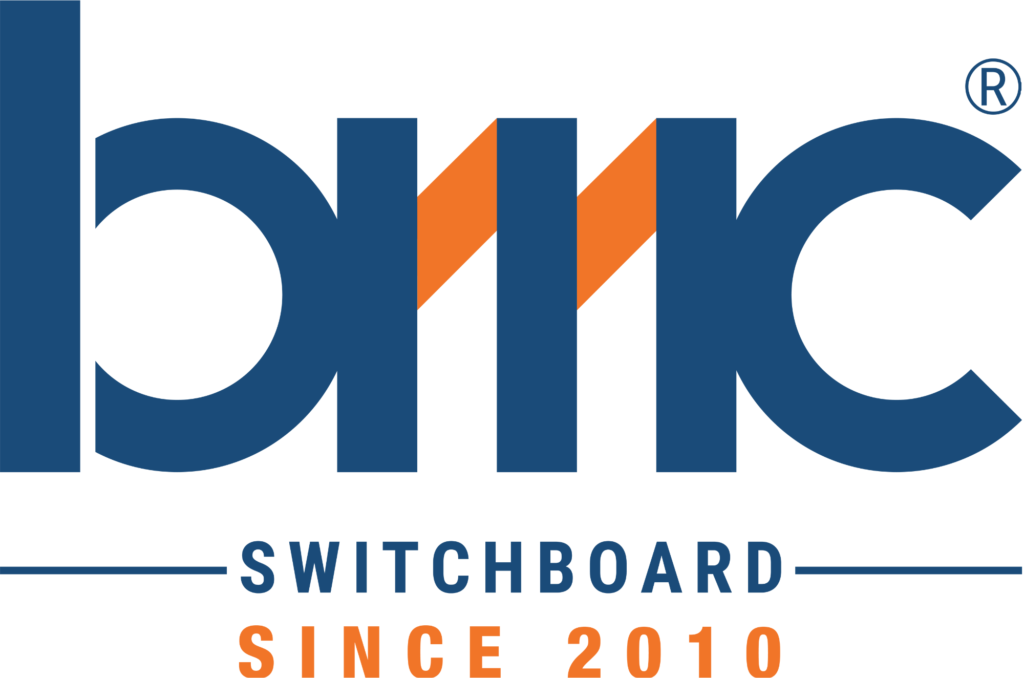Introduction to PLC Control Cabinets
The PLC (Programmable Logic Controller) control cabinet is a crucial device in the automation control systems of factories, production lines, and various other industrial applications.
Integrated with modern control devices, the PLC cabinet helps manage and monitor production processes automatically, efficiently, and accurately.
The PLC control cabinet acts as the central brain of the system, receiving input signals from sensors and measurement devices.
It then processes these signals according to pre-programmed instructions to generate appropriate control signals.
As a result, machines such as conveyors, motors, control valves, or other automated systems can operate in sequence and achieve optimal performance.
Benefits of PLC Control Cabinets
- High Flexibility: PLC control cabinets can be easily reprogrammed when production processes or requirements change, allowing businesses to adapt to a variety of manufacturing demands.
- High Precision and Stability: Controlled by modern microprocessors, PLC ensures that the system operates with stability and accuracy, minimizing human errors.
- Cost and Time Savings: Automating production processes helps reduce labor costs and time, thereby increasing productivity and lowering operational costs.
- Remote Connectivity and Monitoring: With modern technology, PLC control cabinets can connect to remote monitoring devices, allowing engineers to monitor and adjust the system easily, even when not present at the factory.
Applications of PLC Control Cabinets
PLC control cabinets are widely used across industries such as manufacturing, wastewater treatment, food processing, pharmaceuticals, and building automation.
Especially in production lines, PLC helps optimize processes, minimize downtime, and ensure consistent product quality.
The PLC control cabinet is an ideal solution for businesses aiming for a modern, automated, and efficient production system.








